Observations / Global
Watch this space
Our round-up of innovators, fresh thinkers and business mavericks reveals how a storied food movement is transforming farming, what’s causing a stir between the covers in Jakarta, which renowned watch-maker is stirring the creative pot – and just how game the Germans really are.
leap
Streets ahead
USA
For any small business, the shift from online to bricks and mortar can be daunting; it requires cash and a stomach for risk. Leap, a US retail platform, bears some of that burden, leasing shops in up-and-coming streets and offering new brands a space. It also hires staff, helps with the fit-out and supplies checkout software, all with a flexible exit date.
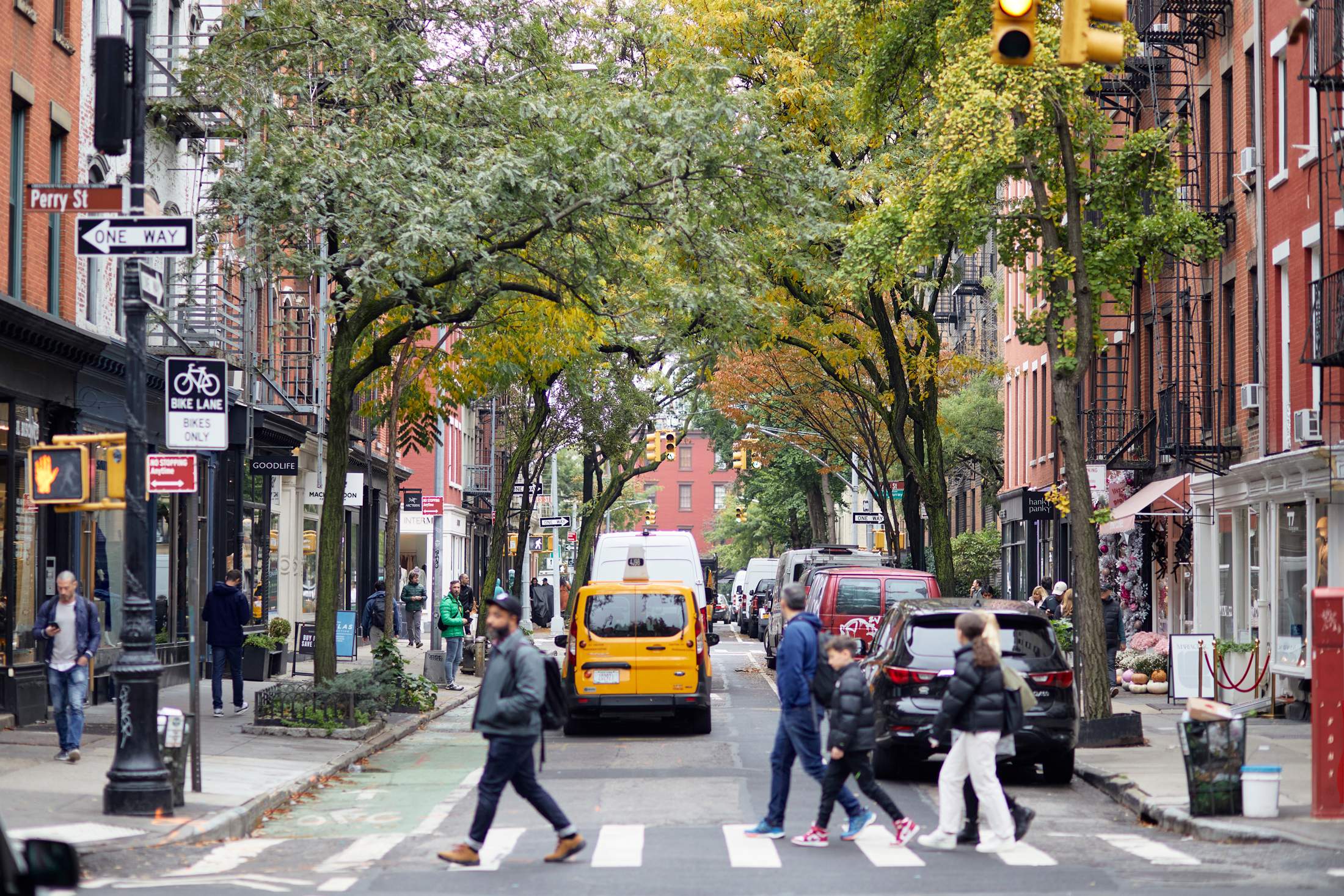

The deal? Leap takes 10 per cent of sales while its chosen brands cover rent and running costs. To decide which to work with, the platform’s team studies analytics to see what’s selling in its shops, what works and what doesn’t. Leap now has 55 brands in its stable across 11 US cities, selling everything from jewellery to cashmere jumpers. Many started as direct-to-consumer businesses, which Amish Tolia, Leap’s co-founder, says often look to bricks and mortar to scale up. “But the idea of building infrastructure themselves doesn’t always match up,” he says.
“With so much investor capital riding on Leap, there’s little time for sentiment”
The first Leap-run shop opened in 2019 on New York’s Bleecker Street, a leafy thoroughfare that curves through Greenwich Village. Simon and Garfunkel once sung, “$30 pays your rent on Bleecker Street,” but today a healthy mix of high-end clothing brands and independent boutiques line its pavements. The street looked bereft in 2017 after designer labels that had flocked there decamped to malls.
“Almost half of the street’s shops were left vacant,” says Jon Levy, Leap’s senior vice-president of brand management, sitting on a bench outside an outpost of New York-based essentials brand Goodlife, which Leap helped break into Bleecker in 2021. “Great brands beget great brands,” he adds, pointing to the street’s healthy mix of small-scale retailers.
Not every opening works out: Hanky Panky, across the road, sells “the world’s most comfortable thong” but a few months ago the space was occupied by a luxury-watch boutique. With so much investor capital riding on Leap, there is no time for sentimentality, so decision-making is data-driven. Citing the example of e-commerce platform Shopify, which streamlined the process of setting up an online shop, Levy says “that can be our vision too for bricks and mortar”. “Some of these brands, by next year, are going to have 20 shops.”
spiel
Dicey business
Germany
Imagine if, instead of studio executives repackaging the last blockbuster, fans had the power to turn entertainment empires on their heads and champion fresh talent. That scenario sounds unlikely but it describes the grassroots makeover flipping the board games industry. Business is booming and makers are bringing in more than Monopoly money. Take Exploding Kittens, for example. When its creators tried to win €10,000 in crowdfunding for their card game, in which players try to avoid picking up a detonating feline, their Kickstarter page received €8.7m, becoming the website’s most-backed project.

There’s no better place to enjoy this upstart economy than the Spiel trade fair – the world’s tabletop-games mecca, where publishers, suppliers and gamers mingle in a convention centre in western Germany. Every October some 100,000 aficionados arrive from all over the world swelling Essen’s population and turning it from Germany’s ninth-largest city to its sixth. Aca Milosevic, a bearded mathematician from Serbia, arrives by train. On the journey, he spots fellow attendees. “Pirate beard over there, see?” he says. “Fangirl haircut across the aisle. Couple with matching dice earrings.” The big giveaway is the number of passengers en route to Essen with seemingly weightless luggage. “Empty suitcases,” says the Spiel veteran. “They will drag them home filled with games.”
“Germans buy more games per capita than any other nation and its media reviews them alongside films and literature”
Spiel makes a lot of sense in Germany, where citizens are thought to buy more games per capita than in any other nation. The German media reviews games alongside literature and films, and popular games spawn spin-off deals. It’s the same in North America: industry specialist icv2 tracked a 23 per cent rise in tabletop sales last year, which reached €2.7bn, a figure set to be topped in 2022. Publishing houses and production studios are spoilt for choice; the latest gathering launched a record 1,800 games, making independent board games Kickstarter’s largest revenue source.
Spiel gives Essen’s convention halls the feel of a medieval market: artisans crafting handmade dice, miniatures and wooden gaming tables. Milosevic’s Heraldica, a game involving competing family crests, is among the debutantes. He has strong competition: in Cat in the Box, a Japanese hit inspired by Austrian physicist Erwin Schrödinger’s theory, players are only certain of their card when it’s played. In Pessoa, meanwhile, players must navigate the many aliases of Portuguese author Fernando Pessoa and construct poems to win the game.
The industry has a rich history of humble beginnings. Dungeons & Dragons, for example, was invented in 1974 by a newly jobless Wisconsin underwriter and has spawned a lucrative ecosystem of spin-off media and companion games. Even now, with the rampant popularity of electronic gaming, the numbers show that there is no replacing the tactility of cards, dice and friends gathered around a table.
jakarta library
Century of the shelf
Indonesia
Jakarta’s main public library reopened in the summer of 2022 with the buzz of a K-Pop concert (writes James Chambers). When I visited, throngs of youngsters were bounding down the concrete entrance steps, bursting with conversation as the building behind them, designed by Indonesia’s leading architect Andra Matin, gleamed in the late-afternoon sunlight.
I haven’t had a library card in my wallet since my university days so I was keen to find out what whizzy technological innovations could be causing all of this excitement. Virtually nothing, it turns out, besides actual books – and plenty of them – being sensibly arranged on accessible bookshelves built to a human scale.


The future of libraries has been up for debate for well over a decade. We were all meant to be reading everything online by now and yet here we are, print and people everywhere, and not a computer in sight. When almost everyone has access to smartphones, reading in print has become an even more sought-after luxury and the public library model – a sustainable, inclusive and sharing economy – seems remarkably future-proof for an idea that is at least a few hundred years old. The fact that new central libraries in wealthy European cities such as Helsinki have caused similar scenes also suggests that the concept of borrowing books free of charge resonates with readers irrespective of budget.
Local libraries are not doing too badly either, all things considered. According to Library Connected, a UK charity, there are about 4,000 public libraries across the country, far more than there are branches of McDonalds. If these libraries do become havens from soaring energy prices over the winter, as expected, then hard-pressed communities will surely be the richer for it.
Not long after I was in Jakarta, I was able to visit my childhood library in the UK and the cosy environment remained largely as I remembered it (only the librarians had become noticeably younger). The high street’s post office might have disappeared and the bank is now a wine bar but the library continues to be an essential public service that cannot be replicated online – wherever you are.
slow food
Tend your garden
Global
In 2022, pandemic-related supply issues, intensifying climate change and the war in Ukraine rang alarm bells about food security. That’s why Slow Food’s Edward Mukiibi believes that food sovereignty – despite being an old idea often pushed by populist and nationalist governments – will hold more mainstream appeal in the year ahead.
The trained agronomist and farmer from Uganda is the new president of the 33-year-old movement that has spawned a global network supporting local food cultures. He considers the UN’s policy on food security, of hitting quotas regardless of origin, to be an idea that has had its day, while food sovereignty prioritises local or regional produce. “It means making communities more resilient, both to tackle climate change and to reduce their dependence on outside suppliers,” he says.
“Gardens in Africa gives power back to communities instead of reacting to outside pressures”
A programme that he helped create, Gardens in Africa, is changing farming attitudes and now has more than 3,500 projects across the continent promoting organic fertilisers, while also creating a seed bank. The programme’s farmers favour vegetables including east African sukuma (a type of collard greens) and have reintroduced ingredients such as dried nettles from the Rift Valley. “These gardens give power back to communities instead of reacting to outside pressures,” says Mukiibi. Further afield, he points to India’s Andhra Pradesh, which is aiming for chemical-free agriculture by 2024. As the world grapples with less reliable trade, governments may find inspiration in their own back gardens.
national toilet symposium
Bucking the cistern
Japan

There was no room for coyness at Japan’s National Toilet Symposium, held in late October in Tokyo as part of the country’s Home and Building Show. Japan has long been a world leader in bathroom innovation so the trade fair’s offerings might soon end up in a Ladies or Gents near you. This year’s exhibition was flush with talk of sustainable toilets and new-generation portable loos.
Some 80 per cent of Japanese homes already have a version of Toto’s wash-and-blow-dry Washlet but Panasonic’s A La Uno V could offer competition for ecologically minded users. The new model uses just a third of the water needed by Panasonic’s original 1990 version. One could also try Wota’s mobile sink, Wosh, which recycles 98 per cent of the water it uses and is housed in an upcycled oil drum. Wota’s shower version could certainly transform music festivals into altogether more fragrant experiences.
Elsewhere, Japan’s susceptibility to earthquakes and floods (and the sanitation issues that they bring) was a big talking point. Tokyo company Excelsior was showing its “disaster toilet”, a bag with biodegradable slaked-lime tablets that absorb and deodorise. Further up the pricing scale, Toyota displayed its towable, fully accessible mobile toilet. When it is launched in 2023, it will cost ¥7m (€48,000). “We come at toilets from a different angle,” says Haruka Uchiyamada, representing Toyota’s social inclusion department. “Our goal is to improve the lives of wheelchair users.”
The founder of the Tokyo Toilet Project, Koji Yanai, provided the conference’s keynote speech. His initiative has established public toilets across Tokyo’s Shibuya ward, all designed by some of Japan’s finest architects. While public toilets across the West often leave much to be desired, the initiative has received global coverage and reminds us of the soft power of Japan’s bathroom industry. This is a country that takes stylish sanitation seriously – and that’s something we can all get behind.
wildsam
Outward bound
USA
In an age when travel brands are increasingly shifting online to guide their intrepid customers, business at US guidebook publisher Wildsam is booming. Having recently launched its 50th travel title (this one about the Big Sur coastline), the company is ramping up its output and plans to print more of its artfully styled handbooks.
Unlike the dog-eared, semi-current recommendations of its competitors, Wildsam gives its readers a timeless guide to US destinations. In doing so, it avoids flash-in-the-pan restaurants and passing-fad activities, instead digging deeper and aiming at quality over quantity. “We’re not for the traveller who wants to plan every hour,” says Taylor Bruce, the Austin-based founder and editor-in-chief. “There’s flexibility; have a surprise. Let the place come to you.”
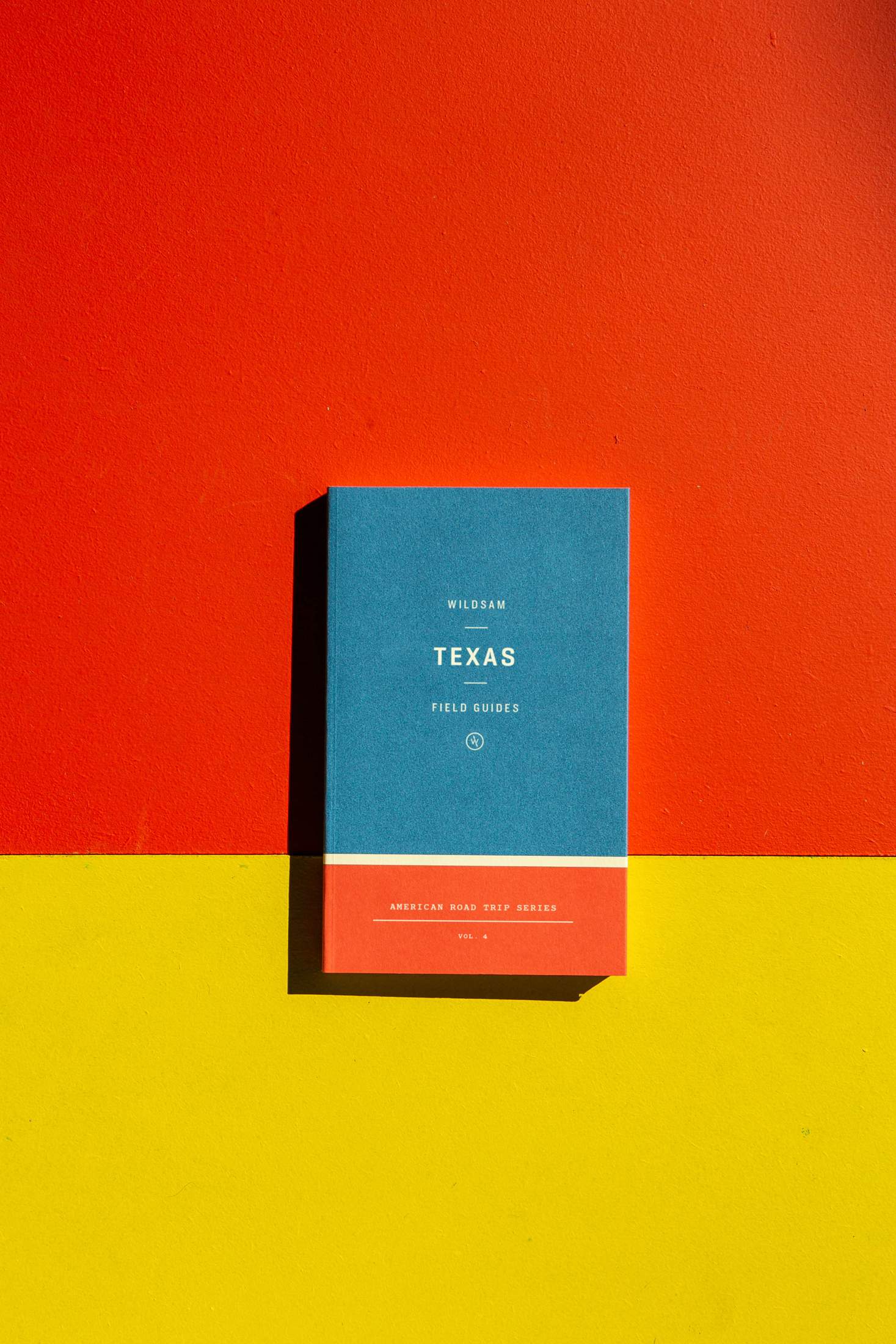
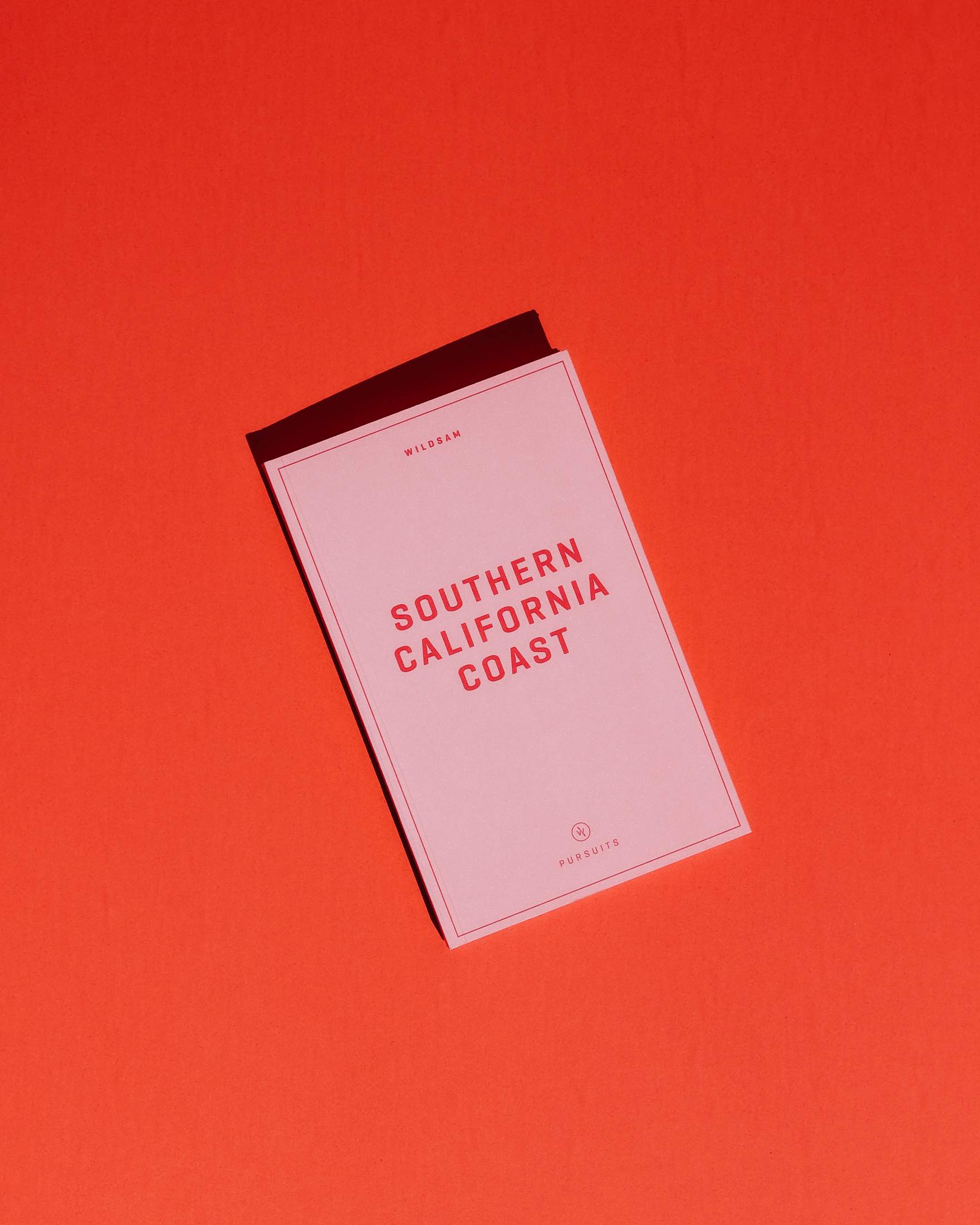

Over the past decade, Wildsam has sold more than 400,000 books on everything from Montana’s secret fly-fishing patches to Southern California’s best surfing spots. Its next launch is a partnership with campervan and RV giant Camping World, whose loyalty programme has attracted more than 2.5 million members. If the result is anything like the publisher’s past collaborations – custom guides for J Crew and flask-maker Yeti – the Camping World tie-up should mean more readers and more revenue.
Travellers with smartphones may be able to access unlimited information but Wildsam’s success shows that there is still a profitable place in the market for thoughtful analogue guides.
“When you are in the digital world, you have research mode on,” says Bruce. “When you are in the printed world, then you’re more of a reader. That is a different wavelength and it resonates in terms of how people travel.”
dattalion
Straight shooters
Ukraine
When Russia invaded Ukraine earlier this year, news organisations worldwide scrambled to get their correspondents to the front line. Every second counted but the time that it was taking to ship reporters into the warzone meant that the early days of the conflict could not be tracked thoroughly by the international press.
“On the day the war began, our founder Nataliya Mykolska took a call from a colleague who was living abroad to say that a major US news channel was broadcasting videos that didn’t look real,” says Olha Lykova. She’s one of 16 Ukrainian women running Dattalion, the largest free and independent database of photo and video footage from the war.

The call prompted Mykolska, to contact friends in the media around the world. Together, they brainstormed ways in which verifiable information could be efficiently disseminated around the world. She enlisted the help of various other women who were equally fed up with watching from the sidelines as their male counterparts were being called up to fight.
They set about combing the Ukrainian press and various social-media platforms in order to aggregate information to create a database that now comprises more than 4,000 videos and almost 200,000 pictures. “In Ukraine you have a lot of Telegram chats and channels where thousands of pictures are posted every day,” says Lesia Donets, another member of Dattalion’s core team. “From outside Ukraine, it is hard to see the full picture even if you have a reporter inside the country.”
“I found two men who had escaped from a Russian filtration camp, who wanted to speak out”
As keyboard warriors and the spread of disinformation become fixtures of modern warfare, the importance of initiatives such as Dattalion should not be underestimated. The organisation has harnessed the technological savvy of a generation of digital natives to build a small army of volunteers who work in shifts around the clock. They log data for the site, which is then used by journalists and researchers as a reliable bank of consolidated information.
As well as recently investing in an updated interface that is easier to navigate, the team is growing a new arm of its operations that is designed to collect the names and stories of witnesses who are willing to talk about their experiences of the war and occupation. “I found two men who had managed to escape from Russian filtration camps and who wanted to speak out really loudly because they didn’t think that things like that should be happening in this day and age,” says Donets. “These are stories that go right to your heart.”
rolex mentor & protégé arts initiative
Guiding lights
Geneva
How do you pass on knowledge? This simple question lies at the heart of the Rolex Mentor and Protégé Arts Initiative that began life in 2002. The answer has mostly appeared, from the outside at least, to be relatively straightforward. First, match leading figures from disciplines including literature, film, music and theatre with rising talents and then, through direct contact and time spent together (a minimum of six weeks over two years), support the protégé to create new work.

That’s all well and good until there’s a pandemic. How do you help a young theatre director produce new work, for example, when around the world theatres are dark? The conclusion of the disrupted 2020-to-2022 programme was celebrated last September in New York at the Brooklyn Academy of Music with the unveiling and premiering of artwork, films and a theatre production, all born from some incredible pairings: Spike Lee with Native American film-maker Kyle Bell; Phyllida Lloyd with theatre director Whitney White; Carrie Mae Weems with her Colombian protégé Camila Rodríguez Triana in the visual arts category; and Lin-Manuel Miranda and Agustina San Martín in an open category (Miranda, creator of hit theatre show Hamilton, was moving into film and so two movie pairings were created). Rebecca Irvin, the head of Rolex’s mentoring programme, says that video calls came to the rescue in the depths of the lockdowns. And all of the programme’s mentors and protégés joined the same sessions, making the process even more enriching. But why does Rolex go to such effort to support people long after their pairings have ended (it gave out some small coronavirus-relief grants to past protégés)? “It expresses our values,” says Irvin. “It’s also an investment in the future of culture.”
While the programme was founded to promote the top-down transmission of knowledge and underline the role of individual excellence, it’s also fascinating to witness something more complex occurring: the mentors themselves using the experience to learn and stretch themselves. That helps friendships to form – Lee and Bell acted like old buddies.
That’s no accident: the pairings are shaped by distinguished nominating panels who identify aspiring talents and present three-person shortlists to mentors, who might have specific requests (Lee wanted to work with someone who was Native American). That process also helps to create pairings that are confidently global and diverse: the new cycle pairs Bernardine Evaristo, the first black British woman to win the Booker Prize, with Senegal-based Ghanaian writer Ayesha Harruna Attah, and Chinese film-maker Jia Khang-Ke with Filipino Rafael Manuel.
When it comes to the question of how to pass on knowledge, it seems that the answer is first to bring process and structure and then trust human nature by standing back to let some magic happen.
workplace design
An office you can’t refuse
Global
“The future of the office? It’s alive – I think companies and employees need to physically stay together, to share ideas and to work better,” says Carlo Molteni, managing director of Italian office furniture specialists Unifor. That sentiment is widely shared in the furniture and design industry. There might have been a temptation for brands like Unifor to double-down on domestic solutions for work-from-homers but the firm is, along with others, investing in wares for company headquarters and office spaces. “Of course, the way we work has and will change in these environments,” he adds.
That change will, as Molteni hints, see a greater focus and investment in collaborative zones within the office. The logic is simple: the biggest appeal of returning to a place of work, and not settling for Zoom calls and digital avatars (thanks Mark Zuckerberg, but we’ll pass), is the fact that business is done more clearly and efficiently when face to face. In person, you can pick up on unspoken cues and read a room – plus, there’s something satisfying about sealing a deal in a boardroom.
To assist this, furniture firms such as Unifor and Citterio from Italy, and Kettal from Spain, are investing in furniture and micro-architecture (think sleek partitions and modules that can be used to define zones within an office, to allow moments of privacy for confidential conversations and create grand meeting areas). Such pieces and infrastructure are allowing architects to get to work and deliver a variety of different collaborative spaces.
“We want to provide different modes of meeting, sharing, working and being together,” says Amale Andraos, co-founder of the New York-based workac, an architecture firm known for its pioneering designs for the office environment. “That’s the most important thing in the workspace now – and I think we’re only going to see more of an acceleration of that.”
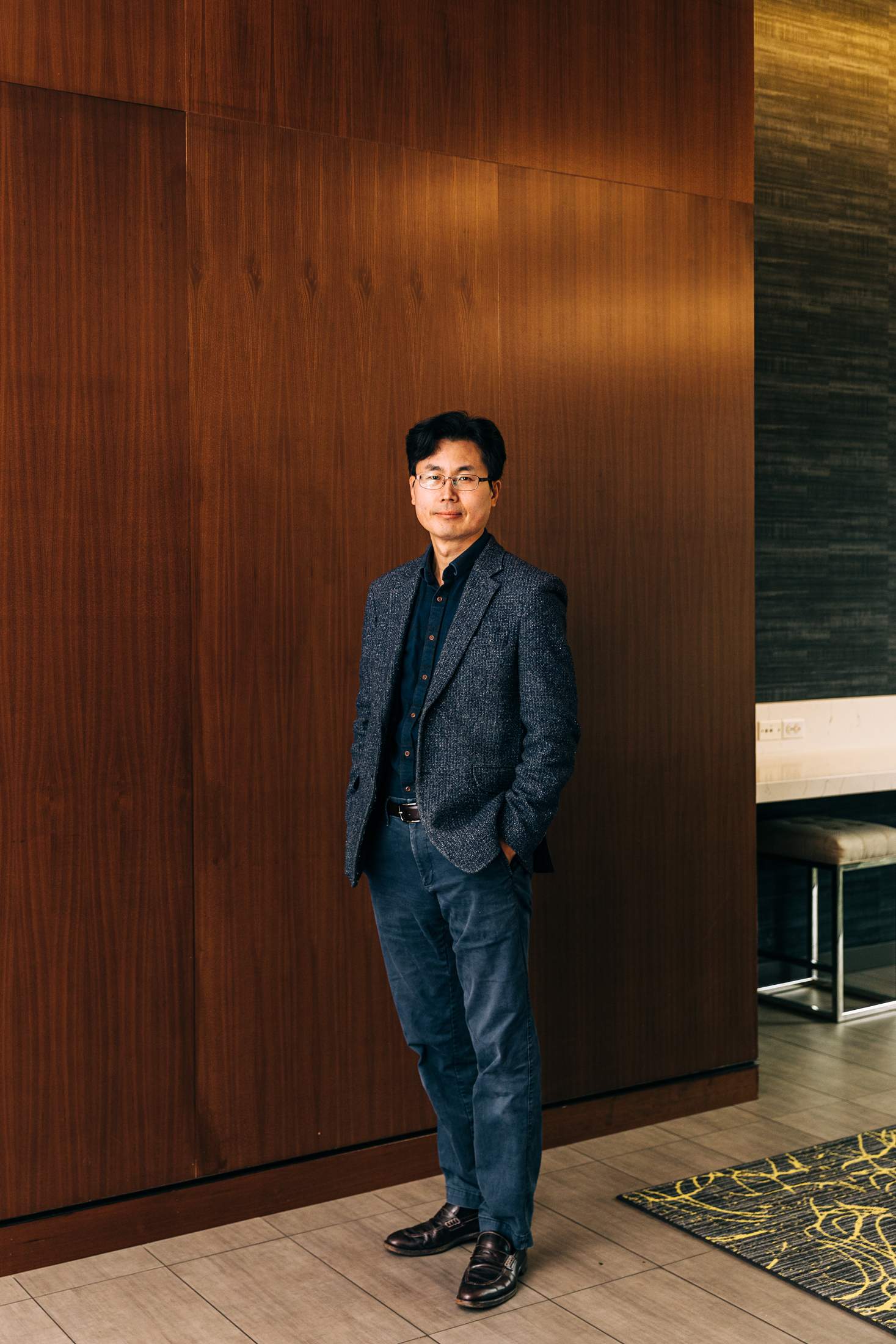
diaspora exports
Home advantage
USA
When avian flu decimated South Korea’s egg supply in 2016, Sam Cho snapped into action. A second-generation Korean-American in Seattle, Cho started an export business that sold more than 1,000 metric tonnes of eggs to South Korea, raking in $1.8m (€1.8m) in revenue the first year. “I follow Korean news,” he says. “It helps in identifying opportunities.” As an elected port commissioner, it is now his job to ensure that other Korean immigrants can follow in his footsteps.
Against a backdrop of waning multilateralism and rising trade friction, entrepreneurs such as Cho are the US government’s secret weapon in its efforts to grow international commerce this year. The US Small Business Administration has launched a programme designed to kick-start small-business exports from the nation’s wealth of diaspora communities, starting in September 2022 with a Korean-American export trade fair in Seattle.
Diaspora communities “are predisposed to export back to their countries of origin,” says Office of International Trade associate administrator Gabriel Esparza. “That’s not just a hunch, it’s rooted in the data.” A study from 2021 found that first-generation immigrants represent a fifth of all US business owners, despite comprising just 13 per cent of the population. As part of his job, Esparza traverses the US pitching the Small Business Administration’s grants and incentives to inculcate more diaspora deals, from Colombians in Miami to West Africans in New York. At the Seattle stop of the roadshow, we meet John S Lee, whose 20-year career includes working for the South Korean smes and start-ups agency and a stint bringing products from the country to German retailer Edeka. Having relocated to Seattle, Lee started Unilab Hub as a beachhead for South Korean firms to grow in the US market. He is also trying to find American companies who will send their goods the other way, leaning on his fluency in the Asian nation’s business culture and regulations.
Lee’s advantage is one that Cho understands well. “There is a level of kinship because we’re fellow Koreans,” he says. “That is a huge head start because business relationships are based on trust.”
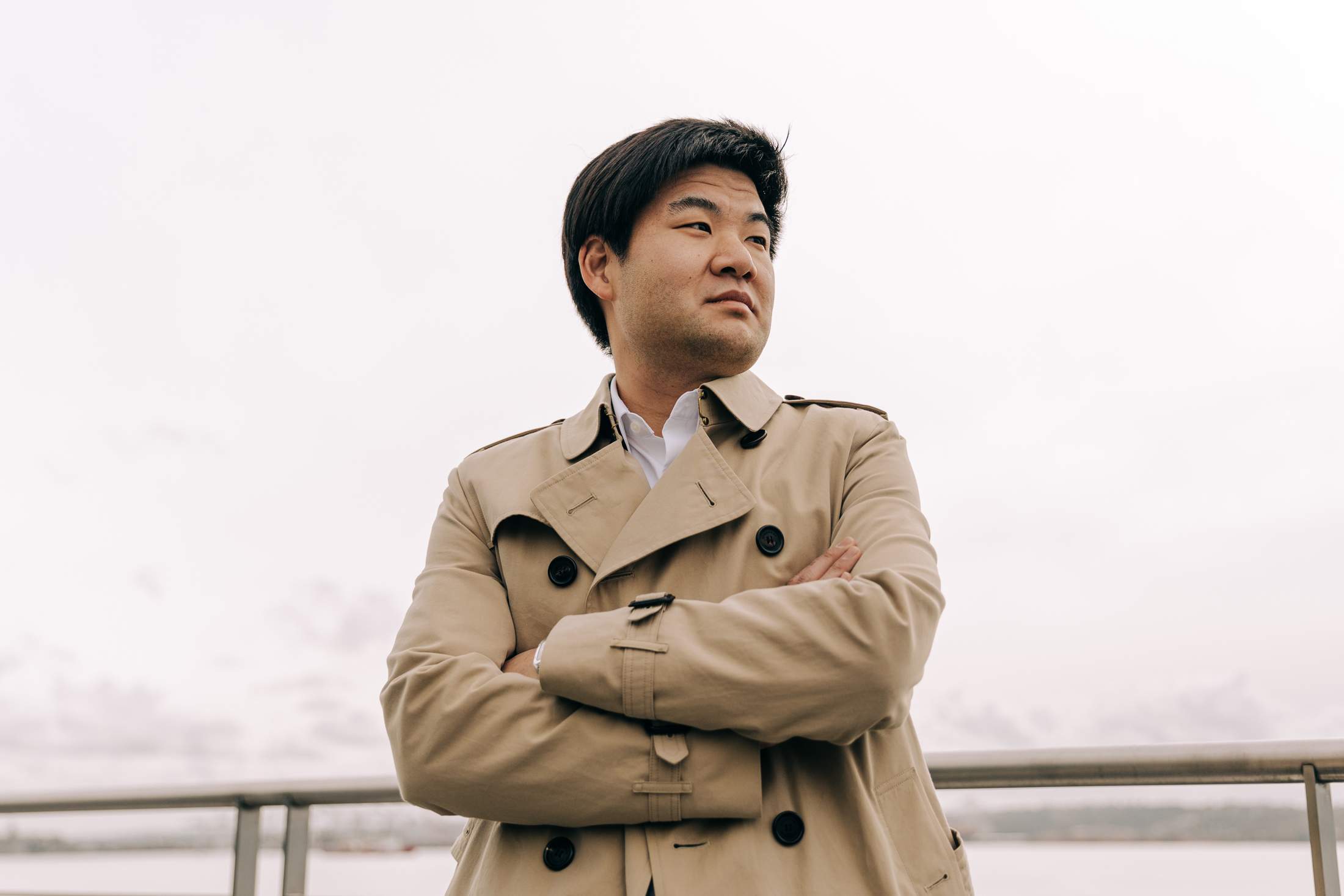

hong kong development
Under construction
China
Hong Kong’s famous skyline has barely changed this century. Remember the skyscraper that Batman jumps off at the beginning of The Dark Knight? The International Finance Centre (ifc) was completed in 2003 and the César Pelli-designed tower was one of the last significant additions to the city’s cbd, most of which went up in the 1980s and 1990s.
While a shortage of development sites has boosted alternative commercial districts, such as Quarry Bay and Wong Chuk Hang, Central is finally poised to make a comeback – in construction terms, at least. Two of the city’s richest families are currently building a pair of skyscrapers; the sight of so much bamboo scaffolding is both rare and a show of confidence in Hong Kong’s future. While the Cheung Kong Center II is taller and commands harbour views, it’s The Henderson that is making a statement not seen since the ifc.
For The Henderson, which is due to be completed next year, Patrick Schumacher of Zaha Hadid Architects was asked to design a new architectural icon for Hong Kong. The building’s curved-glass exterior (meant to resemble a flower bud but looking more like a pint glass) will bring some smoother lines to a sharp-elbowed neighbourhood that contains IM Pei’s jagged Bank of China Tower and Norman Foster’s hi-tech hsbc building.
“It is a breakthrough in technical terms,” says Kevin Ng, senior deputy general manager for developer Henderson Land, during a tour of the construction site. Ng takes us to the highest floor so far, where several workers are attached to steel pillars. Welding one second and checking their smartphones the next, they are oblivious to the unobstructed views.
But will these huge new-builds such as The Henderson really offer the pick-me-up that Hong Kong clearly needs? The ifc’s arrival in 2003 was credited with helping the city recover after the Sars epidemic. Since then, a slew of multinational companies have shifted headquarters to Singapore or Dubai and residents are leaving in droves after a political crackdown in 2020 and two years of self-imposed isolation. Those factors point to the big difference this time around: a stark lack of international goodwill towards Hong Kong.
Few companies will rush to return and take advantage of cheaper rent. Auctioneer Christie’s and investment firm Carlyle were The Henderson’s first tenants to be announced but both have relocated from nearby. Yet property development is based on long-term views, which indicates that Henderson Land must see something in Hong Kong. After paying a record sum for the site, it forked out a further €6.7bn at the height of the pandemic just for the rights to build a mixed-use behemoth on a harbourfront site near the ifc. When its “groundscraper” is ready in a decade, Hong Kong’s skyline will look radically different. But then, so might its appeal.
Images: Rofa Pratama, Wildsam, Rofa Pratama
Photographer: Brett Wood, David Jaewon Oh


